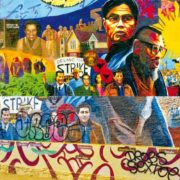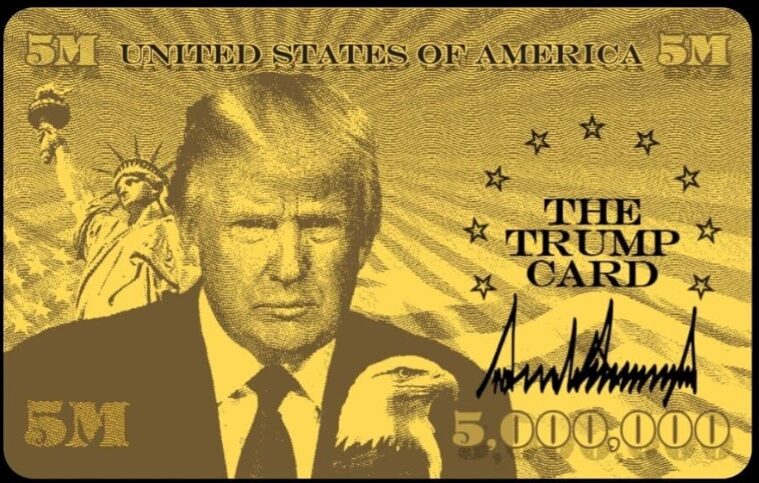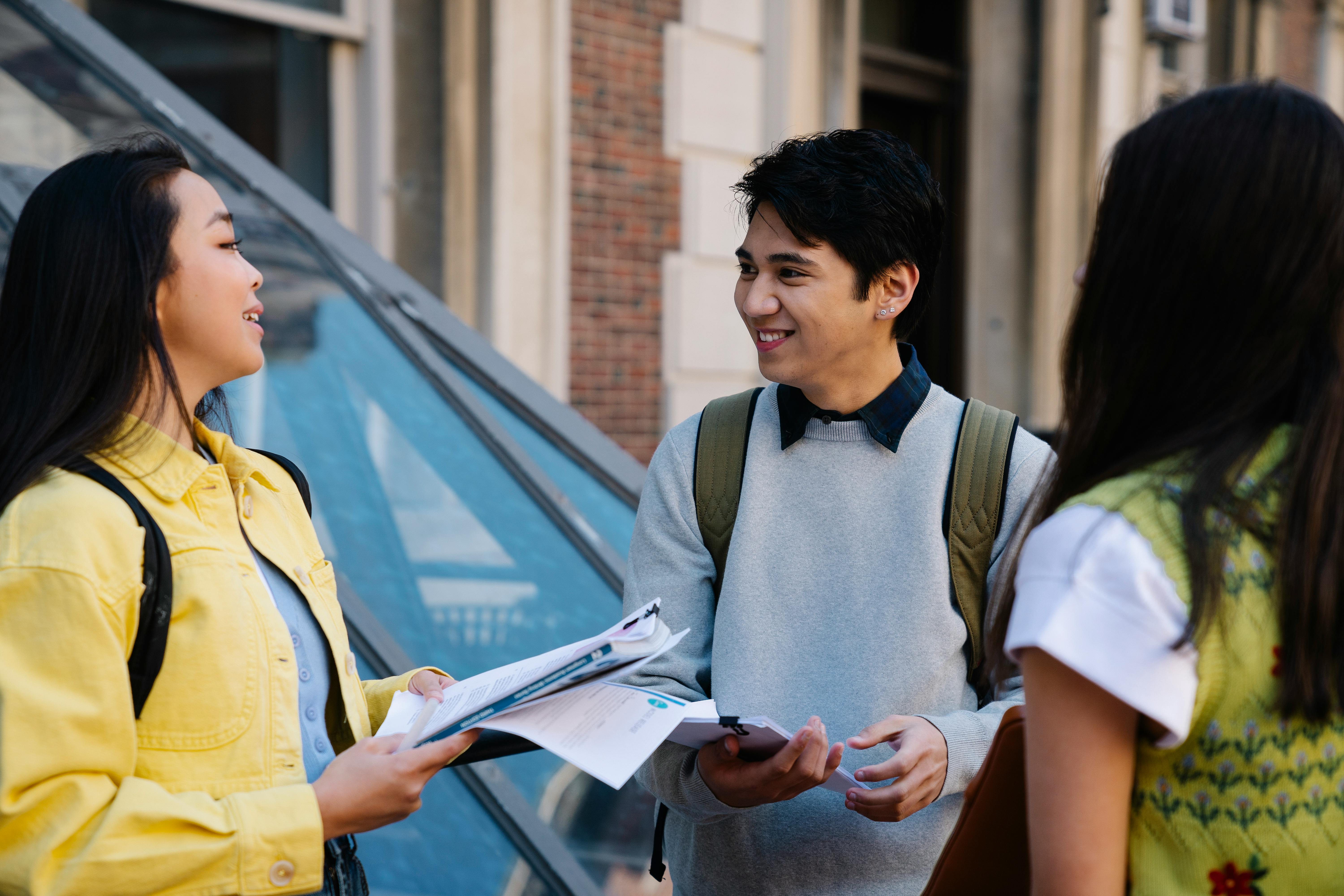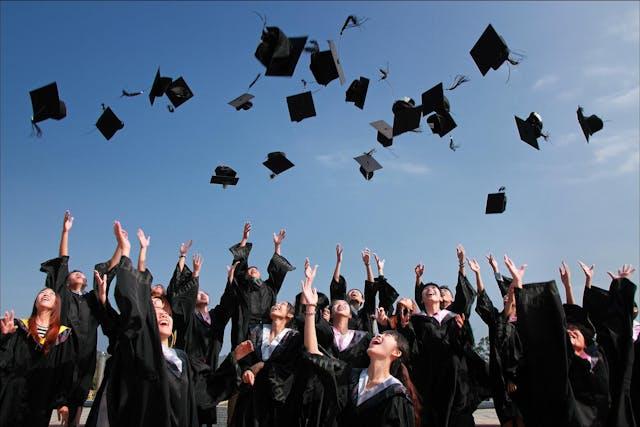LOS ANGELES — Vandals defaced a 21-year-old mural in Historic Filipinotown celebrating historical and multicultural elements of Filipino heritage sometime before Tuesday, November 22.
Photos circulating on social media show black graffiti spray painted over a central portion of the massive outdoor acrylic painting titled “Gintong Kasaysayan, Gintong Pamana (A Glorious History, A Golden Legacy)” located in the neighborhood’s Unidad Park.
The artwork stretches roughly 150 feet by 50 feet and depicts traditional motifs and significant moments of Filipino and Filipino-American history. It was first completed in 1995 by muralist Eliseo Silva, 30 years after a multiethnic coalition of farm workers staged walkouts and demonstrations that ended the abuse of farm laborers in central California.
“It is even more thoughtless and hurtful that the tagger targeted the part that honors Latino-Filipino unity through the Delano Grape Strike,” Silva told the Asian Journal via email on Wednesday, November 23.
The vandalized section of the artwork specifically commemorates September 16, 1965, the day laborers from the National Farm Workers Association (NFWA) and the Agricultural Workers Organizing Committee (AWOC) joined forces to form what would eventually be known as the United Farm Workers (UFW) union.
Black lettering now mars the likenesses of Cesar Chavez and Filipino and Latino farmworkers depicted just beneath larger-than-life portraits of Fil-Am labor leaders Larry Itliong and Philip Vera Cruz.
“Gintong Kasaysayan, Gintong Pamana” is the largest mural dedicated to Filipino heritage in the United States. Its presence partly inspired city officials to designate the community surrounding the mural as Historic Filipinotown in 2002.
“Any tagging is undesirable,” Los Angeles Board of Public Works Commissioner Joel Jacinto told the Asian Journal on Monday, November 28. However, he went on to concede that “graffiti is a natural occurrence of its public life.”
Last week wasn’t the first time parts of “Gintong Kasaysayan, Gintong Pamana” have been vandalized. In addition, the mural had never been treated with a protective coating that would help preserve it and make it easier to remove spray painted graffiti.
Shortly after Unidad Park opened in 2009, Silva had performed a partial restoration of the mural, but by then, other portions were showing signs of wear.
On Monday, Silva told the Asian Journal he would be willing to give his time to perform a comprehensive restoration and enhancement of the mural if enough funds could be pooled to pay for materials.
He said he had been in touch with the nonprofit which stewards Unidad Park, the Los Angeles Neighborhood Land Trust, as well as city representatives, and groups like the Social Public Art Resource Center regarding fundraising options. He estimated that it would cost roughly $10,000 to repair the damage done earlier this month and $50,000 to refresh the entire mural and apply a protective coating.
Procuring that money may require partnerships between public and private parties and efforts to bolster interest in supporting and preserving public art, according to Jacinto.
“Gintong Kasaysayan, Gintong Pamana” is the last of seven murals painted in Los Angeles celebrating Filipino heritage, according to Silva.
Jacinto said that this mural and the many others that beautify the city’s public spaces serve an important role in celebrating and commemorating Angelenos’ rich and diverse identity.
“Murals in Los Angeles are lessons in the world that’s been and the world we want to see,” said the commissioner on Monday. (Eric Anthony Licas / AJPress)






